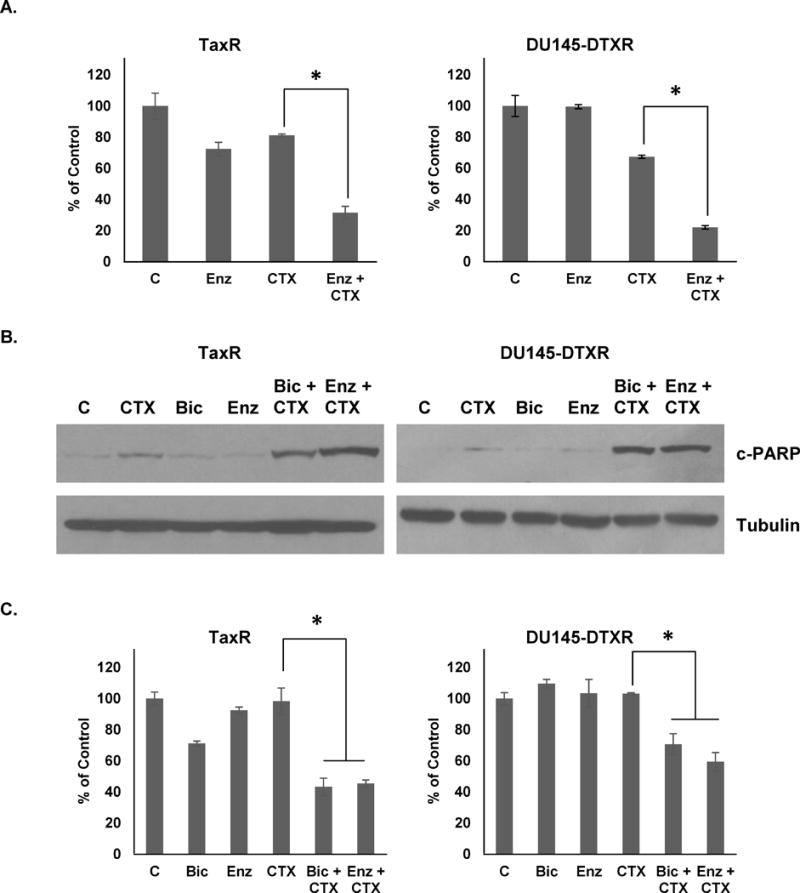Figure 5. Anti-androgens re-sensitize TaxR and DU145-DTXR cells to cabazitaxel induced reduction in viability.

A. TaxR and DU145-DTXR cells were subjected to cell growth assays using either vehicle (DMSO), enzalutamide (10μM), cabazitaxel (1nM), or a combination of enzalutamide and cabazitaxel. Cells were counted 72 hours post-treatment. B. TaxR and DU145-DTXR cells were treated with either vehicle (DMSO), cabazitaxel (1nM), bicalutamide (10μM), enzalutamide (10μM), or a combination of either bicalutamide or enzalutamide and cabazitaxel for 72 hours. Whole cell lysates were then prepared and subjected to western blot analysis using indicated antibodies. Tubulin served as a loading control. C. TaxR and DU145-DTXR cells were treated with either vehicle (DMSO), cabazitaxel (1nM), bicalutamide (10μM), enzalutamide (10μM), or a combination of either bicalutamide or enzalutamide and cabazitaxel for 72 hours. Cells were then subjected to WST-1 proliferation assay 72 hours post-treatment. c-PARP = cleaved-PARP, C = control (DMSO) treatment, CTX = cabazitaxel, Bic = bicalutamide, Enz = enzalutamide. All data is presented as percent of control mean ± standard deviation. * = p-value ≤ 0.05.
